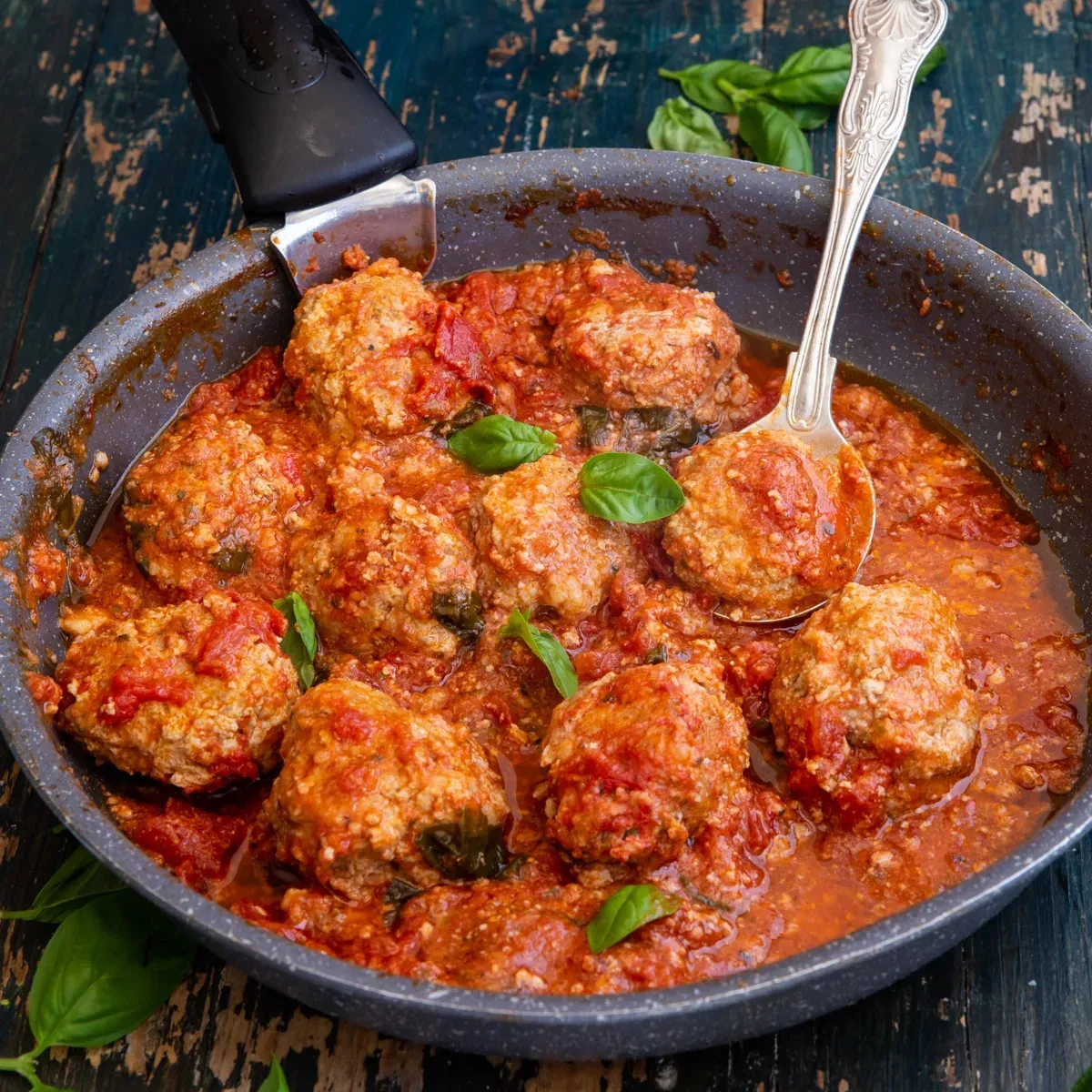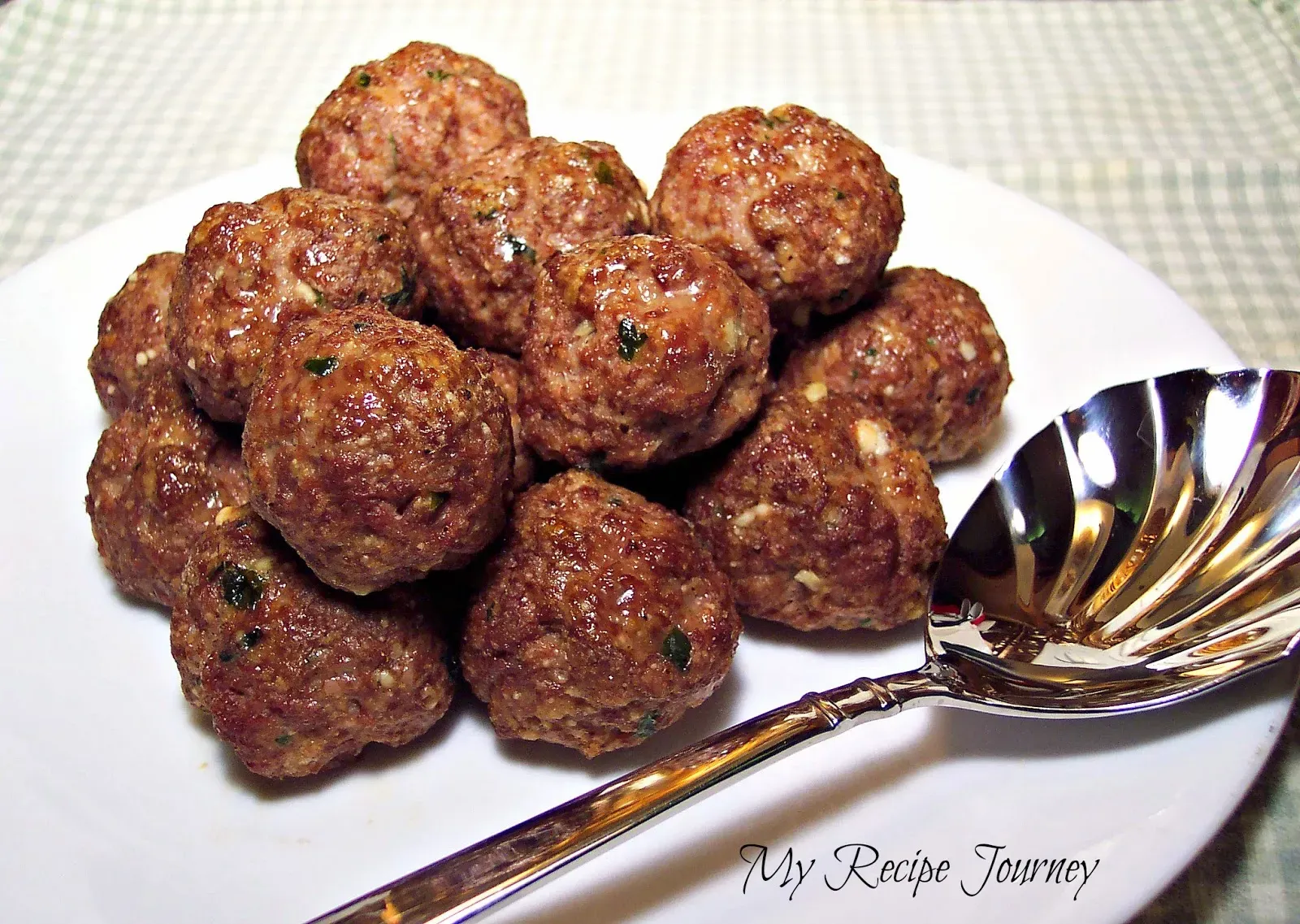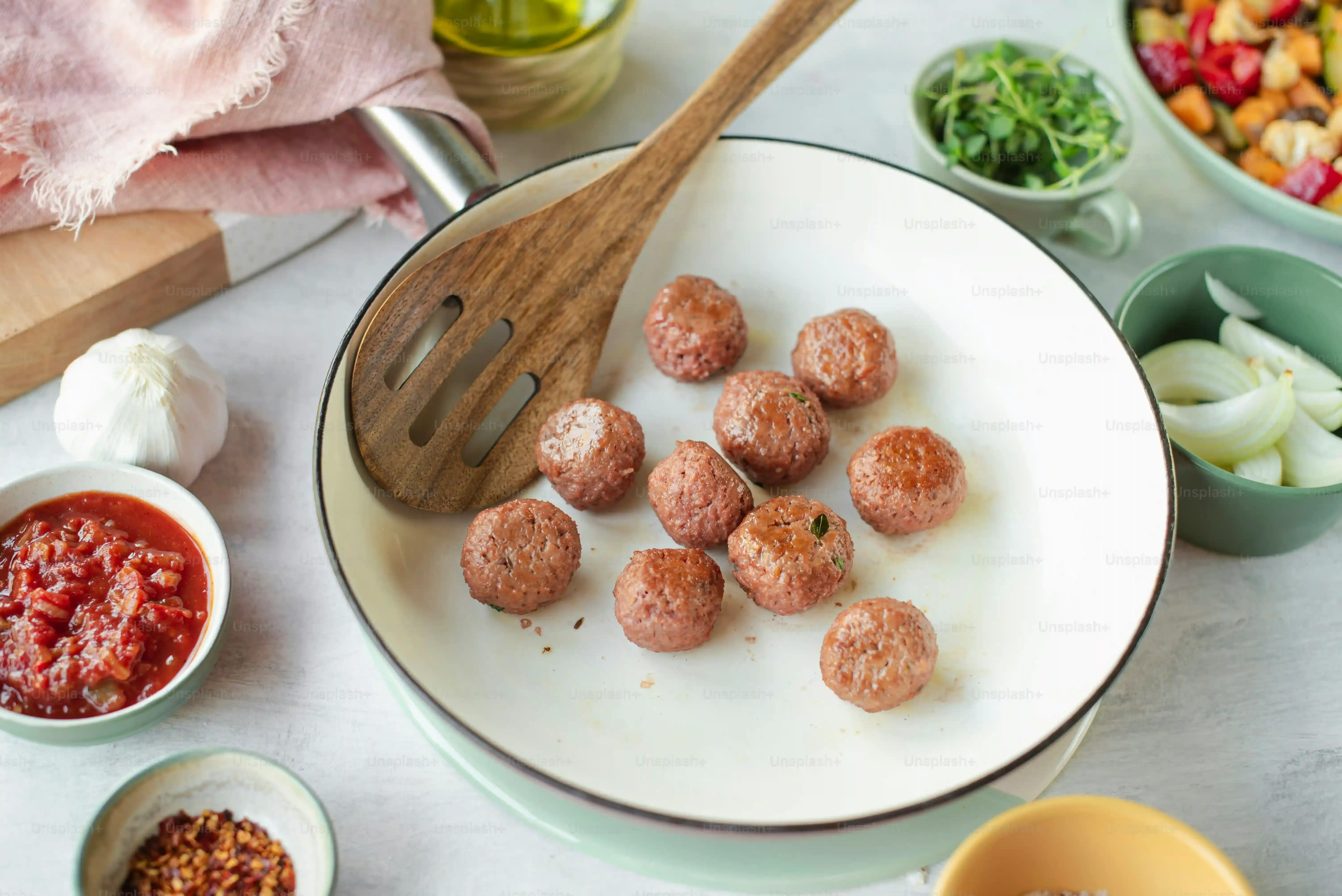Table of Contents
Let's be honest. You've probably had your share of dry, sad meatballs. The kind that crumble into dust on contact, leaving you wondering why you even bothered. Forget those culinary disappointments. We're talking about the real deal, the kind that brings back memories of Sunday dinners, simmering sauce, and a kitchen filled with warmth. Mastering theold fashioned italian meatball recipeisn't just about combining meat and breadcrumbs; it's about understanding the subtle science and technique that separates the magnificent from the mundane.
What Defines an Old Fashioned Italian Meatball Recipe?

What Defines an Old Fashioned Italian Meatball Recipe?
It Starts with Texture and Flavor Foundation
Alright, so you're diving into the world of proper Italian meatballs. Forget those dense, rubbery things you sometimes encounter. Anold fashioned italian meatball recipeis fundamentally about tenderness. We're talking about meatballs that are soft enough to cut with a fork, almost melting in your mouth. This isn't achieved by chance; it's about the blend of meats, often beef and pork, maybe a touch of veal if you're feeling fancy, but always combined with a binder that keeps them moist.
The flavor isn't just meat, either. It's built layer by layer. You've got fresh breadcrumbs, not dried flakes from a box, soaked to add moisture. There's Parmesan cheese, obviously. Garlic, finely minced. Fresh herbs – parsley is non-negotiable. And just enough egg to hold it all together without making it tough. It's a simple list, sure, but the magic is in how these elements interact, creating a rich, savory base that tastes like tradition.
Why Grandma's Are Different (and Better)
What often separates a truly old-fashioned recipe from its modern cousins is the method and the lack of fuss. You won't find a laundry list of obscure spices here. It's honest, straightforward cooking. These meatballs are typically simmered low and slow in a rich tomato sauce. This isn't just for convenience; the acidity in the sauce gently braises the meatballs, making them incredibly tender and infusing the sauce with deep, meaty flavor. Frying them first gives them a nice crust, but the real magic happens during that long soak in the red gravy.
Think about it – the sauce penetrates the meatball, and the meatball enriches the sauce. It's a symbiotic relationship. Some recipes might call for baking, which is faster, but it rarely achieves that same level of integrated flavor and melt-in-your-mouth texture you get from simmering. It’s about patience and trusting the process your nonna perfected over decades, maybe even centuries, of kitchen duty.
Key Characteristics of Old Fashioned Meatballs:
- Tender, not tough texture
- Blend of meats (often beef/pork)
- Use of fresh, soaked breadcrumbs
- Simple, classic flavorings (Parmesan, garlic, parsley)
- Cooked by simmering in tomato sauce
- Rich, savory taste
Essential Ingredients for Your Classic Meatballs

Essential Ingredients for Your Classic Meatballs
Essential Ingredients for Your Classic Meatballs
Alright, let's talk guts and glory – the stuff that actually makes your meatballs. Forget those pre-mixed bags of mystery meat. An authenticold fashioned italian meatball recipestarts with quality ingredients, simple as that. You'll need a good mix of ground meat, usually beef and pork, aiming for something like 80-85% lean beef so they stay juicy. Leaner meat means drier meatballs, and nobody wants that. Then there are the breadcrumbs – and I mean *fresh* breadcrumbs, made from stale Italian bread, soaked in milk or water. This is non-negotiable; it's what gives them that tender, light texture. Add in some grated Parmesan cheese (the real stuff, please, not the powdery shaker kind), finely minced fresh garlic, a generous handful of chopped fresh parsley, and an egg or two to bind it all together. That's the core lineup. Anything else is just noise.
Crafting Your Old Fashioned Italian Meatballs: A StepbyStep Guide

Crafting Your Old Fashioned Italian Meatballs: A StepbyStep Guide
Mixing and Forming Your Meatballs
Alright, let's get our hands dirty.Crafting Your Old Fashioned Italian Meatballs: A StepbyStep Guidestarts with the mix. Don't just dump everything in a bowl and go at it like you're kneading bread dough. That's a fast track to tough meatballs. You want to be gentle. In a large bowl, combine your soaked breadcrumbs (squeeze out most of the liquid first, don't leave them swimming), the ground beef and pork, grated Parmesan, minced garlic, chopped parsley, a pinch of salt, and some black pepper. Add the eggs. Now, mix everything together with your hands, but stop as soon as it's just combined. Overmixing develops the protein and makes them tough, like tiny little hockey pucks. You're aiming for a cohesive mixture, not a paste. Once mixed, gently roll the mixture into meatballs, roughly the size of a golf ball. Don't pack them too tightly; a light touch is key to tenderness.
- Mix ingredients gently by hand.
- Stop mixing as soon as everything is combined.
- Roll meatballs lightly, don't compress them.
- Aim for roughly golf-ball size.
Serving and Storing Your Perfect Meatballs

Serving and Storing Your Perfect Meatballs
Serving Up Your Masterpiece
you've done it. You've simmered your beautiful, tenderold fashioned italian meatball recipecreations in that rich sauce, and your kitchen smells like heaven. Now comes the best part: serving them. Don't overthink this. The classic way, and frankly, the most satisfying, is piled high on a bed of spaghetti. Make sure you spoon plenty of that gorgeous sauce over everything. A sprinkle of fresh Parmesan and maybe a few more torn basil leaves if you're feeling fancy, and you're golden. They're also fantastic tucked into a crusty roll for a killer meatball sub, or even just served as is, swimming in sauce, with a side of crusty bread for dipping. The key is letting the meatballs and sauce be the star.
- Classic spaghetti and meatballs
- Meatball subs on crusty rolls
- Served simply with extra sauce and bread
- Over polenta or creamy mashed potatoes
Keeping Those Leftovers Just Right
If, by some miracle, you actually have any meatballs left (a rare occurrence in my house), storing them properly is key to enjoying them later. Let them cool completely, then transfer the meatballs and sauce to an airtight container. They'll keep in the refrigerator for up to 5 days. They actually taste even better the next day, as the flavors have more time to meld. For longer storage, you can freeze them. Portion them out with plenty of sauce into freezer-safe bags or containers. They'll last for about a month in the freezer. Thaw them overnight in the fridge, then gently reheat on the stovetop in the sauce until they're heated through. Avoid microwaving if you can; it can sometimes make them a little tough.
Your Meatball Mastery Achieved
You've navigated the nuances, understood the science behind that crucial panade, and handled the raw ingredients with purpose. Making anold fashioned italian meatball recipeisn't magic; it's a craft built on simple principles and careful execution. The result isn't just a sphere of cooked meat; it's a tender, flavorful anchor for your pasta, a satisfying bite that speaks of tradition done right. Enjoy the fruits of your labor, knowing you've bypassed the dry, disappointing versions and landed squarely in meatball excellence.